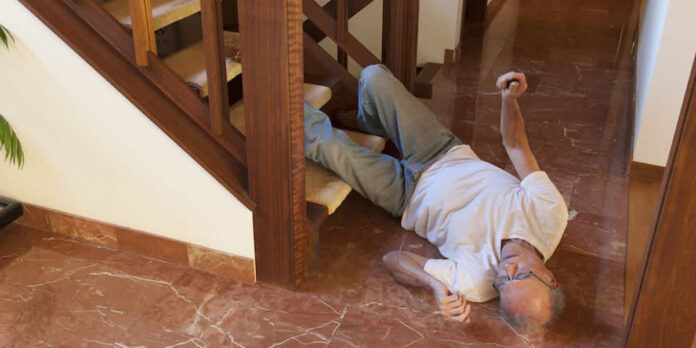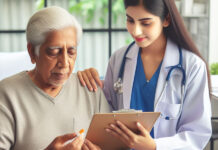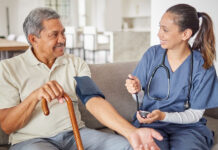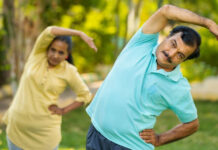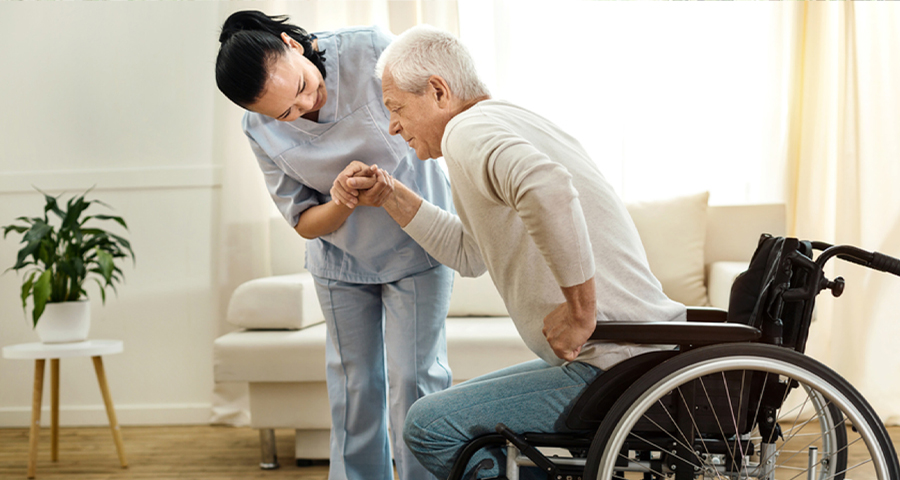National Fall Prevention Awareness Month is observed in September. Organizations participate in fall prevention awareness campaigns to spread knowledge about practical ways to improve mobility and strength while simultaneously promoting safety.
It is a wonderful chance for people to think about their risk factors or the risk factors of a loved one. The National Council on Aging (NCOA) has organized National Falls Prevention Awareness Day to coincide with the first day of fall for the past 14 years.
Falls coalitions across the country are now offering screenings, informational sessions, and other events for the entire week to raise awareness of this pricey, prevalent, and frequently preventable health problem.
Falls in seniors :
Older individuals’ health is at risk from falls, which can also make it harder for them to maintain their independence. But as you become older, falls don’t necessarily have to happen. You can help yourself or a loved one reduce their risk of falling. Even for older folks, there are tried-and-true methods to lessen and prevent falls.
The phenomenon of a fall is intricate and complicated. Understanding the foundations of regular gait is crucial for comprehending the mechanism of falls. Fine neuronal networks like the cortical-basal ganglia loop and the basal ganglia-brainstem system, exquisite musculoskeletal structures with adequately regulated muscle tone, and proper processing of sensory information are all necessary substrates for a normal gait.
It is not surprising that several of those abilities deteriorate to some extent as people age, raising the risk of falls. Additionally, as a person ages, their risk of falling grows along with their propensity to develop medical issues and the medications that go with it. Ageing causes several changes to the gait, including a widening of the base, a decline in lower limb strength, and a drop in gait velocity and step length. These alterations become more obvious when elderly persons walk on uneven ground.
Risks of falling :
For older persons, the danger of falling is a prevalent issue that can have catastrophic consequences. Important senses like balance and eyesight deteriorate with age. Because of the slowed reaction time, preventing accidents may become more challenging, increasing the likelihood of a fall. Unfortunately, seniors living at home or in long-term care facilities have a 20 to 30% chance of falling each year.
Seniors frequently experience chronic illnesses like arthritis or cataracts that can limit their movement. When it is difficult to even move, an accident is likely to happen. Frequently, the house itself can have mishaps just waiting to happen, such as a ragged carpet or inadequate lighting. All of these conditions may raise the possibility of a fall.
Falls restrict seniors’ routine activities at home and may have serious health effects. They can be disastrous and cause a loss of freedom, confidence, social connection, and mobility. For people who are at risk of falling, fall prevention techniques are advocated since the changes that result from a fall may be expensive or unpleasant.
Exercises for Seniors :
As we age, falls can have very negative effects. According to the Centers for Disease Control and Prevention, more than 25% of people aged 65 or over experience a fall each year, and 3 million fall-related injuries are treated in emergency rooms. Exercises that emphasize balance and strength training help lower the chance of falling, even though falls cannot be entirely prevented. Squatting, standing up from a chair, and walking might be challenging for older persons or make them feel unsteady, which increases their risk of falling. The activities that follow are designed for people who have a minimal risk of falling and can stand by themselves without assistance.
- The sit-to-stand exercise increases leg strength, balance, and body mechanics, all of which are crucial for lowering the risk of falling.
- Standing with your feet shoulder-width apart and your eyes open, maintain your position for 10 seconds before increasing it to 30 seconds.
- As you progress to 30 seconds, stand with your feet together and your eyes wide open.
- Try to keep still for 10 seconds while standing on one foot with your eyes open. Change to your other foot.
Physiotherapy for seniors :
Using fall prevention techniques, physiotherapy is a non-invasive treatment that helps the body regain function. Through healthy movement and general awareness, physiotherapy can aid in the management of pain and the prevention of disease. Fall risk can be decreased by the use of prescribed therapies that are matched to the needs of the individual. The patient is urged to actively participate in their health. Exercise, training, and education are used in the therapy to assist patients to regain control and confidence while effectively treating diseases and injuries. Contact Athulya Home Healthcare for the greatest physiotherapists available; they will send qualified and experienced physiotherapists for elders.


